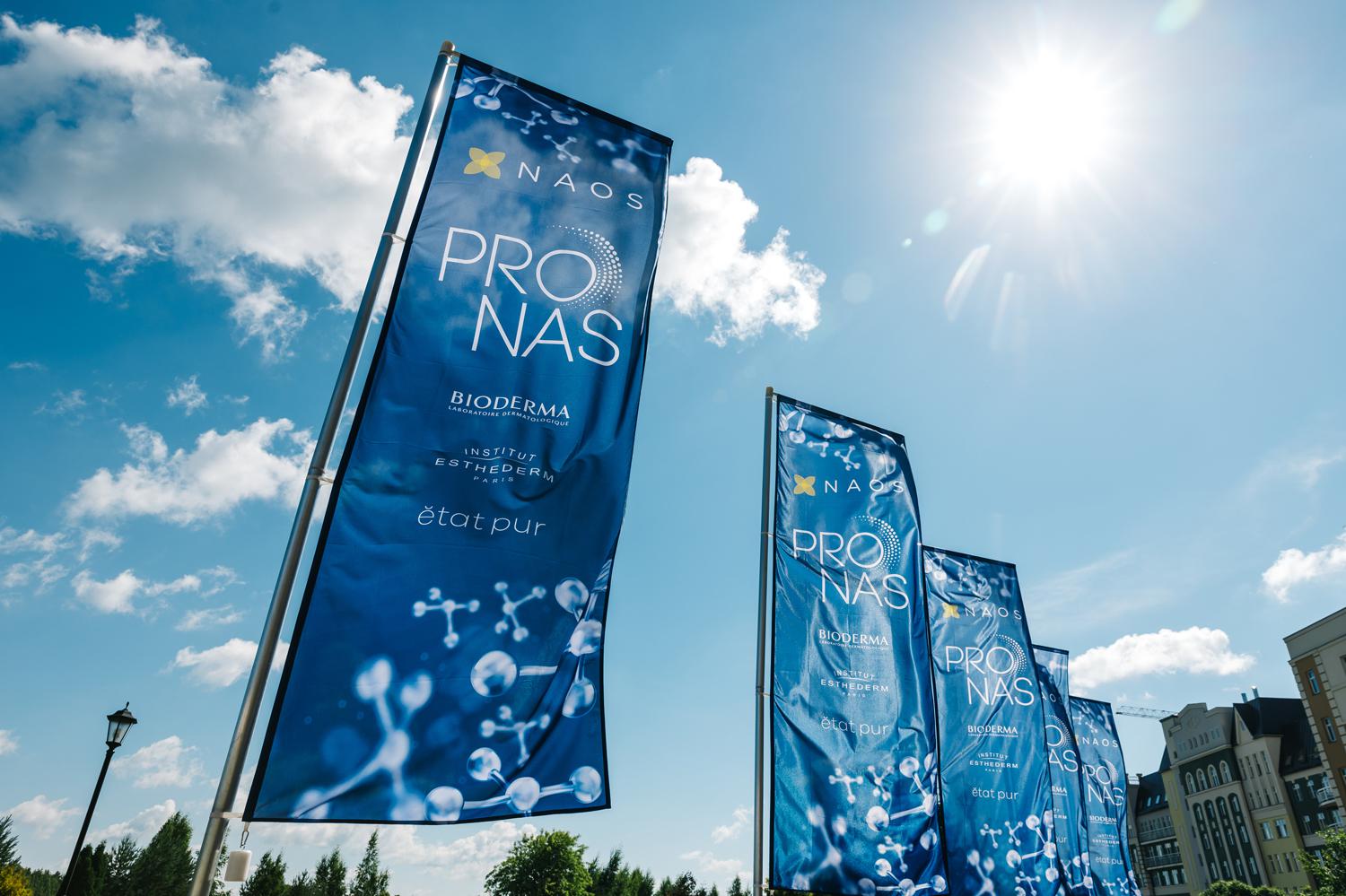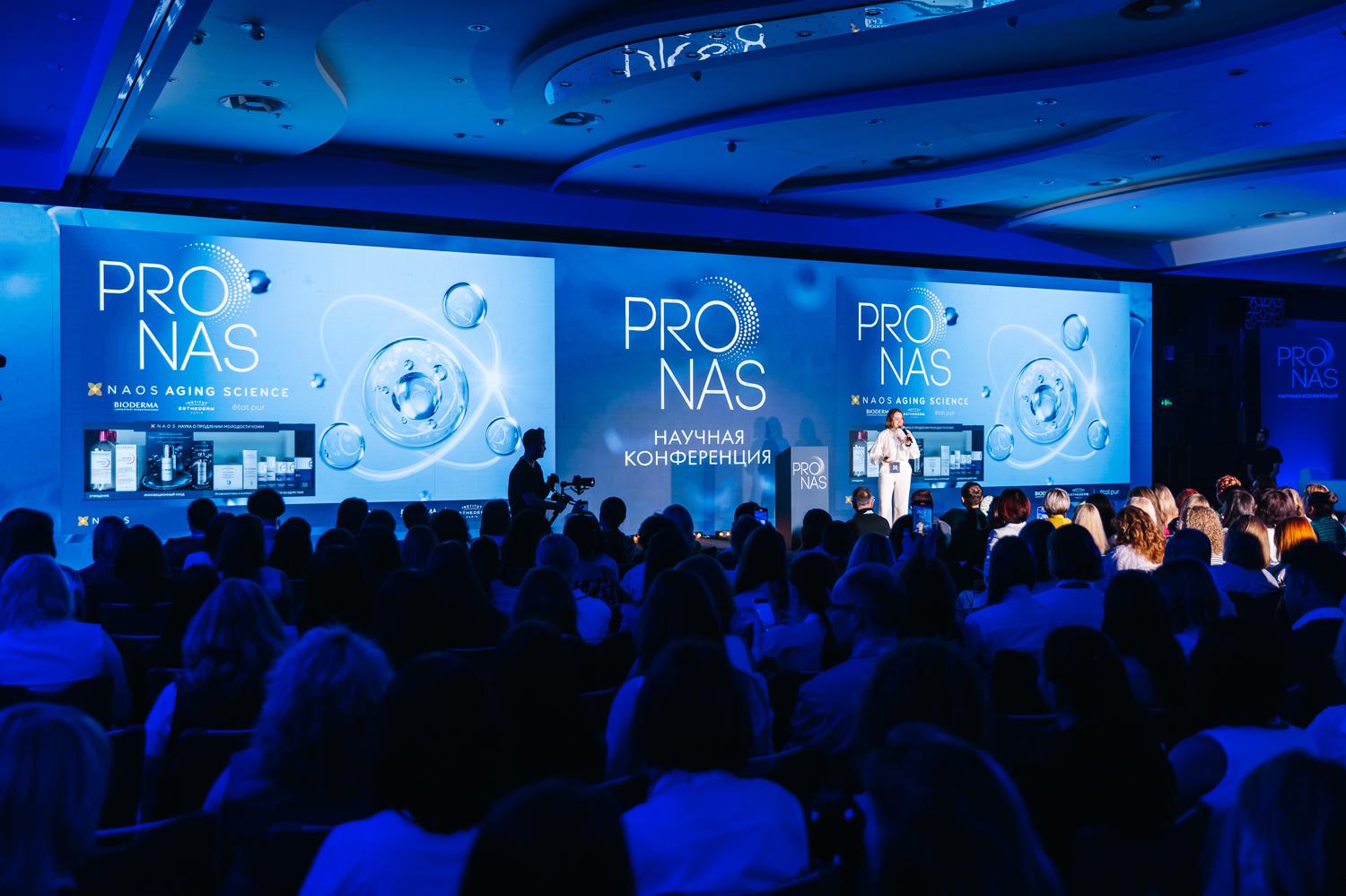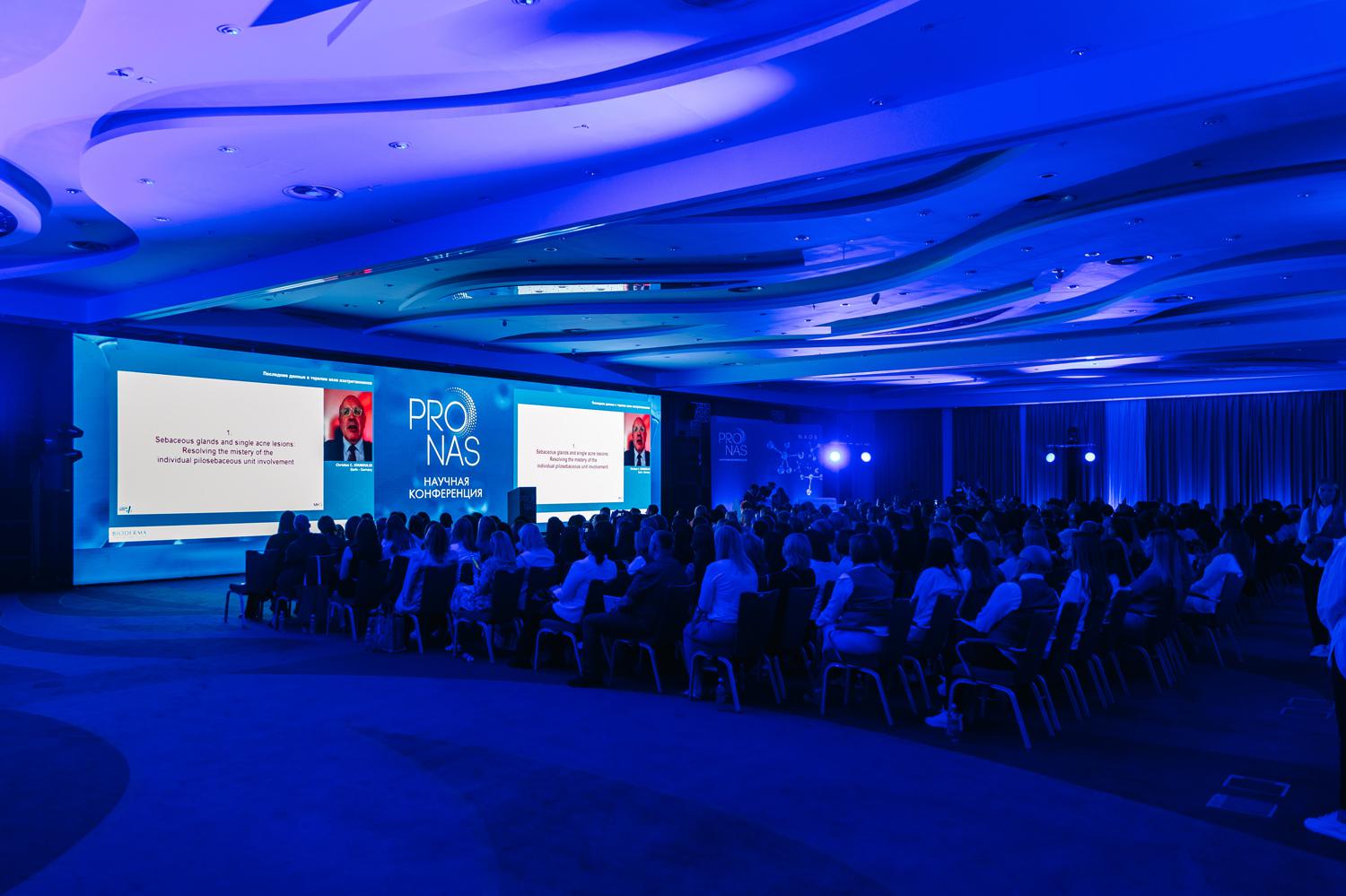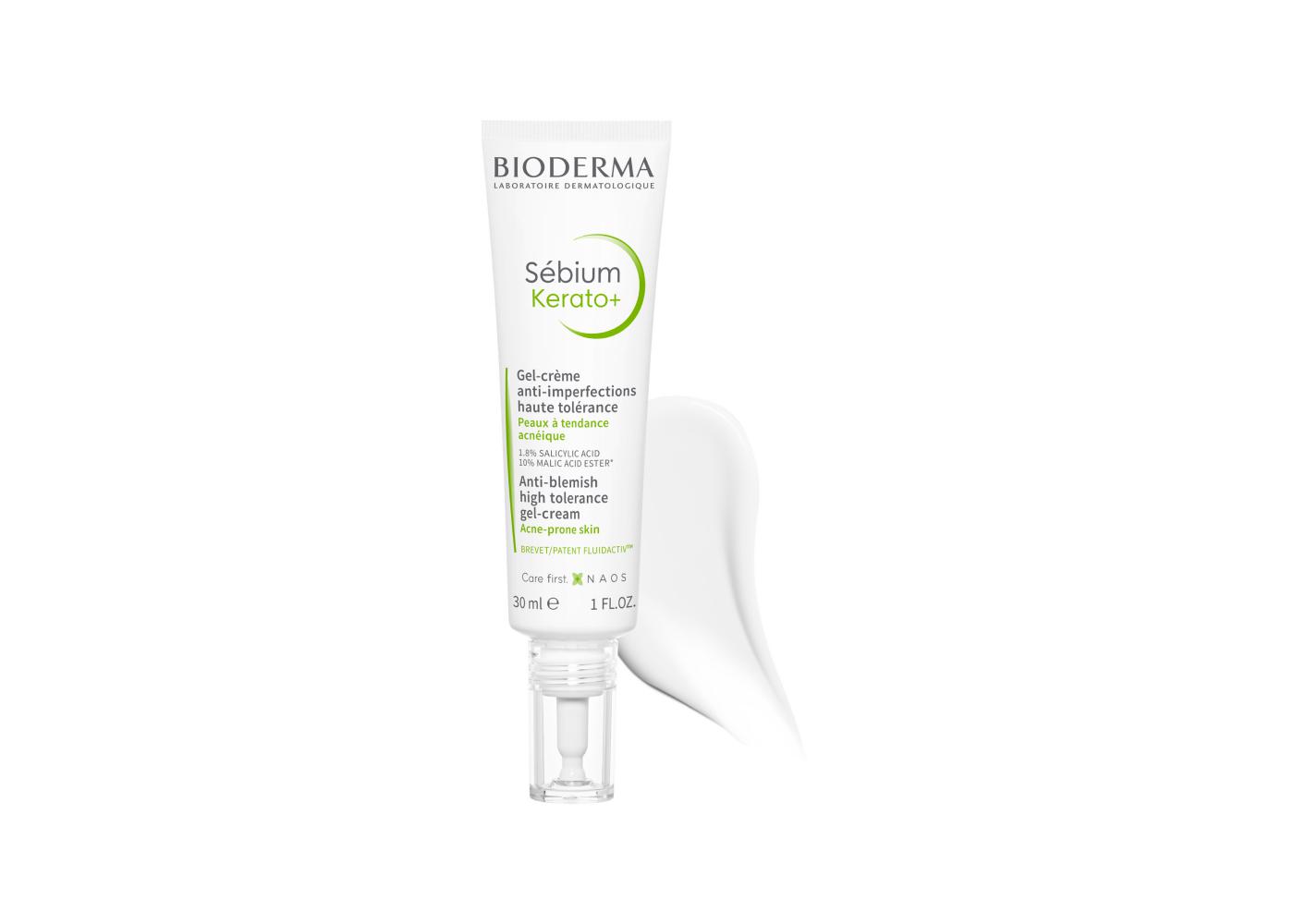
It is no coincidence that the cosmetics industry is one of the fastest growing in the world. Almost every first person in surveys talks about beautiful, radiant, elastic skin without wrinkles and inflammation. New knowledge in the field of skin structure, the causes of its aging and the characteristics of reactions to various stimulation methods appears regularly. What seemed an axiom ten years ago can be revised today. Ingredients and technologies undergo numerous tests and are constantly being improved. Research allows us to find more effective and safe dosages and reveal non-obvious properties or limitations of components.
To exchange new knowledge, the French dermatocosmetic company NAOS (brands Bioderma, Institut Esthederm, Etat Pur) organized the first scientific conference of doctors – dermatologists and cosmetologists PRO NAS (18+). It was attended by European and foreign experts in acne therapy and correction of age-related changes, and the headliner was Professor Christos Zouboulis, director of the departments of dermatology, venereology, allergology and immunology at the Dessau Medical Center, founder of the department of dermatology and venereology at the Theodor Fontana Medical School in Brandenburg.

The main demands of consumers all over the world are radiant skin without wrinkles and inflammation and a beautiful oval face. «The fastest average annual growth rate will be observed in requests for improving the clarity of facial contours: by 10.2% by 2030,” notes Olga Zabnenkova, dermatologist, cosmetologist, head of the cosmetology department at Olimp Clinic, PhD, associate professor of the RUDN department. They are the ones who determine the trends and approaches that are relevant in dermatology and cosmetology in 2024.
1. Ecobiology as a way to help the skin adapt to different conditions
Our skin is a living ecosystem that is constantly evolving, interacting with the environment. When in a state of balance, it has the ability to regenerate and self-heal. Strengthening natural adaptation mechanisms and maintaining skin balance is the basis of the ecobiological approach, the main principle of which NAOS follows when creating cosmetics.
Cosmetics are considered eco-biological if:
- its components are close in their structure and properties to the components of the skin. They are included in the formula in an optimal concentration, which is well tolerated by the skin. Thus, the basis of the Institut Esthederm brand products is cellular water, which is 99% similar to the composition of the intercellular fluid;
- the mechanism of action complements and strengthens the skin's natural adaptation processes. For example, Age Proteom serum from Institut Esthederm (not a medicine) helps to increase resistance to oxidative stress, slowing down the aging process, and the Peptide-4 Pro-Collagen serum from Etat Pur (not a medicine) increases elasticity by replenishing the skin's own collagen;
- supports the skin microbiome and strengthens the protective barrier. The ecobiological approach considers a person as a single system with the world around him. In recent years, experts have been studying the skin microbiome – a community of living bacteria, viruses and microscopic fungi living on the surface of the epidermis. Their diversity and number are very important for maintaining normal immunity and the protective barrier of the skin.
The concept of strengthening the skin's natural defenses is popular with consumers. This is confirmed by the growth of search queries about the skin microbiome and protective barrier. Almost 90 million videos with the hashtag #skinbarrier can be found on social networks. Analysts have identified a special area of cosmetics for maintaining the protective barrier and predict that demand for such products will double in the next ten years. (1)

2. Acne correction at any age
Acne is no longer considered a teenage disease. It can manifest itself throughout life, appearing for the first time not only in adolescence, but also after 25 years. Later, acne occurs in 20-40% of people, and 22% of women persist throughout their lives. Statistics show that over the past decade, the disease has become almost twice as common. (2)
Contrary to popular belief, acne appears not only in the lower third, but over the entire surface of the face.
Research is focusing on possible causes that influence the growth of acne in adults: ultraviolet radiation, obesity, and dietary factors.
“Diets that include high glycemic index foods, dairy products, and whey protein promote acne by stimulating the growth hormone IGF-1. Fatty acids Omega-3 and low glycemic index diets are protective because they reduce IGF-1 levels,” Elena Araviyskaya, dermatologist, MD, professor of the Department of Dermatovenereology at PSPbSMU, member of the International Council on Acne Treatment, shared the data. It is likely that in the coming years it will be possible to do without complex treatment and prevent inflammation with the help of acne vaccination.

Another discovery was the identification of a change in the composition of the sebum secretion. Previously, when speaking about acne, experts noted an increase in sebum production, but now a change in its composition is considered more significant. An increase in the content of some lipids and a deficiency of others create conditions for the appearance of inflammation. Scientists believe that one of the reasons for the imbalance is an insufficient amount of the natural antioxidant, vitamin E, in the composition of sebum.
Normalization of sebum composition, the so-called dysseborrhea, can be achieved with the help of sebum-regulating ingredients. This approach is used by NAOS in Sebium Kerato+ moisturizing gel-cream with a light texture on an oil-free basis from Bioderma (not a medicine)affecting the main link in the pathogenesis of acne, normalizing the oxidation of squalene and thickening of sebum.

Moisturizing gel-cream with a light texture on an oil-free basis Sebium Kerato+, Bioderma
3. Collagen stimulating therapy
The trend for collagen in all its forms — from dietary supplements to injections and creams to stimulate collagen synthesis — has a long history. Collagen sheets, which are popular in Korea now, have been known since the 1960s, the first filler with collagen appeared in 1981, and the first hardware procedure to stimulate its production — in 1991. The elasticity of the skin and the shape of the face oval depend on the level and quality of collagen. “Collagen equals youth” — this idea has clearly formed in the minds of most consumers,” said Olga Zabnenkova, dermatologist, cosmetologist, head of the cosmetology department of Olimp Clinic, PhD, associate professor of the RUDN department. The most relevant procedures that stimulate collagen production include hardware methods — their effect is based on the physical action of thermal energy on the skin. As well as injection techniques, such as the introduction of polylactic acid, calcium hydroxyapatite and collagen solutions directly. But there are no absolutely safe techniques. Doctors continue to collect data on possible complications and ways to avoid and correct them.

The main request now is minimally traumatic procedures for the skin with a long-term effect and a natural result (elastic skin and a clear oval without visible interventions). Therefore, experts are increasingly paying attention to non-invasive methods, primarily to cosmetics with peptides – molecules that act as a “language for communication» cells among themselves. Such molecules are capable of transmitting commands to activate collagen production.
…
